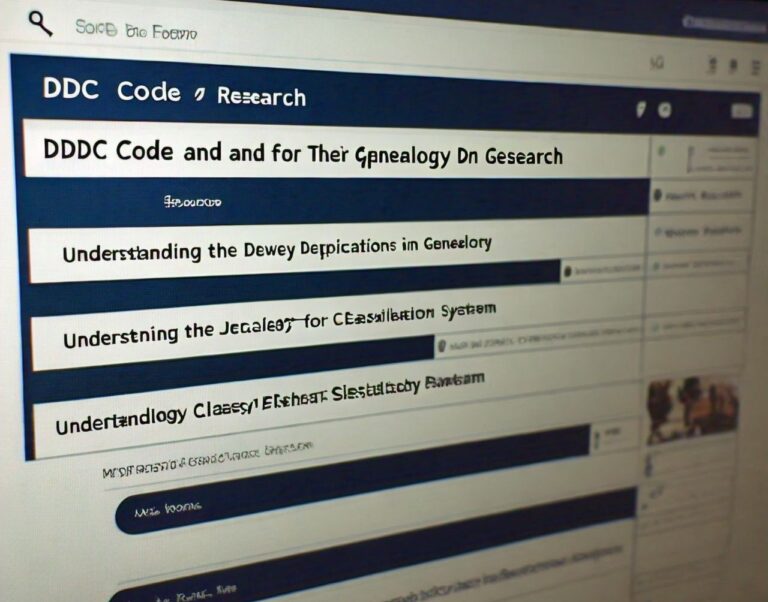Effective Strategies for Remote Work Success
A Structured Remote Work Environment
Working remotely offers unparalleled flexibility, but it also demands discipline. A critical factor for success is maintaining a structured work environment. Hussein Ata emphasizes the importance of creating a dedicated workspace, which helps segregate work from personal life. This separation is vital as it can significantly reduce distractions and help to maintain an effective workflow throughout the day.
Set regular work hours, just as you would in an office setting. This routine helps in keeping a balanced schedule and enhances productivity. Establishing boundaries with family or housemates ensures that your work time is respected and interruptions are minimized. A structured schedule not only aids in professional efficiency but also promotes a healthier work-life balance. A study by Harvard Business Review found that employees who stick to a structured schedule tend to be more productive and less prone to burnout. The psychological benefits of a structured day cannot be overstated; they help maintain a sense of normalcy and predictability that is often lost in a remote work setup.
Essential Tools and Technologies
The advent of remote work technologies has made it easier to stay connected and collaborative, no matter where you are. Essential tools such as project management software, time-tracking apps, and various communication platforms are invaluable. Utilizing top-tier project management tools can drastically improve efficiency and accountability within teams. These tools are designed to streamline workflow, keep track of deadlines, and ensure that everyone on the team is aware of their responsibilities.
Project Management Software
Programs like Trello, Asana, and Slack enable teams to manage tasks, set deadlines, and communicate seamlessly. Trello uses a card and board system that mimics a physical Kanban board, helping teams visualize their workflow. Asana is known for its simplicity and ease of use, allowing for quick task creation and seamless updates. Slack, on the other hand, integrates various tools and platforms into one, offering a centralized communication hub. These platforms ensure that everyone stays on the same page, fostering better project outcomes.
Communication Tools
Effective communication is the backbone of successful remote work. Tools like Zoom, Microsoft Teams, and Google Meet allow for real-time video conferencing, making it easier to maintain face-to-face interactions. These platforms offer features like screen sharing, which is essential for collaborative projects that require visual aids. Recording meetings for future reference is another beneficial feature. Regular video calls help maintain a human connection, which is often missing in remote work setups.
Time-Tracking Apps
Maintaining a good work pace is crucial, and time-tracking apps like Toggl and Harvest can help. These apps keep track of the hours and break down how time is spent on various tasks, providing insights for better time management. Toggl, for instance, offers a detailed report on how much time is spent on different projects, enabling workers to identify productivity bottlenecks. Harvest goes a step further by integrating with invoicing systems, making it easier to bill clients accurately. By knowing how your time is spent, you can make informed decisions to enhance productivity.
Boosting Productivity and Work-Life Balance
Achieving a balance between productivity and personal time is vital for remote workers. Implementing strategies such as time blocking, setting clear goals, and taking regular breaks can help. Time blocking is allocating particular time slots to various tasks. This method ensures that you allocate sufficient time for each activity, reducing the likelihood of multitasking, which can hamper productivity. The Pomodoro Technique, for instance, involves working in focused intervals, usually 25 minutes long, followed by short breaks. This method can enhance concentration and prevent burnout.
Additionally, establishing a clear demarcation between work hours and personal time is essential. Just as a dedicated workspace helps maintain focus, a well-defined schedule can ensure that work does not bleed into personal life, promoting better mental health and work satisfaction. Setting boundaries around work hours and sticking to them can prevent overworking and ensure that you have time to unwind. A fulfilling personal life can also be achieved by exercising, taking up new activities, and spending time with loved ones.
Remember, remote work offers both challenges and opportunities. You can truly thrive in a remote work setting by leveraging essential tools, creating a structured work environment, and maintaining a balance between work and personal life. Embrace the flexibility and invest in strategies that promote productivity and well-being. Success in remote work is not just about working harder but also working smarter, making the most of technology and best practices to create a fulfilling work experience.







